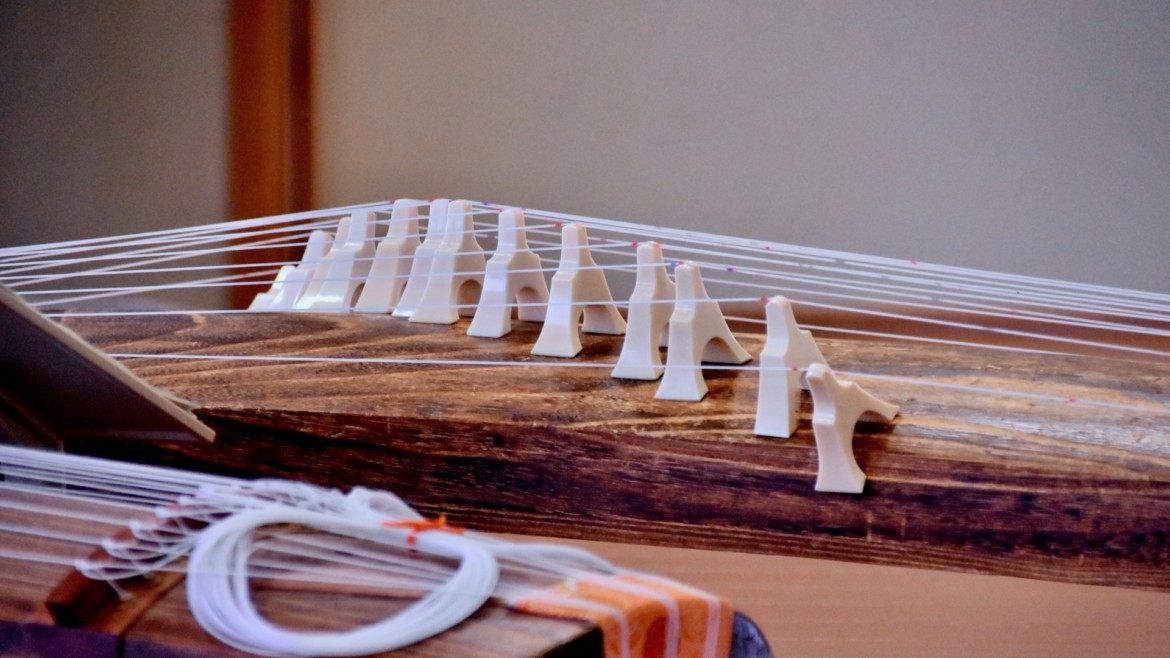◇Introduction
Traditional Japanese instruments, often referred to as “Wagakki,” have long used animal and plant materials in their construction. However, this traditional approach has led to increasing ethical and environmental concerns.
In this blog, we explore how these instruments are evolving by employing new materials that do not include animal or plant parts.
◇Synthetic leather and the shamisen
Traditionally, the shamisen often employs skins from animals like cats, dogs, or cows.
However, there are shamisens that use synthetic leather.
Made from petroleum-based polymers, synthetic leather can, in some instances, offer superior durability and sound quality compared to animal skins.
◇Carbon fiber koto
The koto is generally made from Paulownia wood, but there are versions made from carbon fiber.
Carbon fiber is light and robust, with excellent sound propagation qualities.
◇Plastic bachi
Traditionally, the bachi used for playing the shamisen is made from water buffalo horn.
However, there are plastic alternatives available in the market, making it possible to perform at a lower cost.
◇Sound quality and playability
The most significant question that arises from the use of new materials is how they affect sound quality and playability.
Initial reports suggest that synthetic materials may provide sound quality and playability on par with or superior to traditional animal skins and wood.
◇Conclusion
Even in the realm of traditional Japanese instruments, the adoption of new materials is progressing.
This not only alleviates ethical and environmental concerns but also increases accessibility, allowing more people to engage with these instruments.
While further research and evaluation are awaited concerning the sound quality and playability of these new materials, the future of traditional Japanese instruments seems bright.



Leave a review